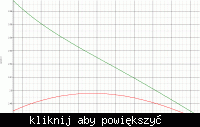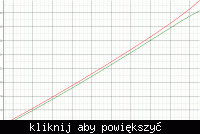palmeiras
Full Member level 6

- Joined
- Feb 22, 2010
- Messages
- 375
- Helped
- 61
- Reputation
- 122
- Reaction score
- 50
- Trophy points
- 1,308
- Location
- South America
- Activity points
- 4,199
hello everybody
Please, if somebody can help me.
I frequently read in the literature, that bipolar transistor (BJT) – usually vertical parasitic PNP devices – used in Bandgap voltage references (please, see figure 1) must have high values of BETA (common-emitter current gain).
I don’t understand why this parameter must be high. If this parameter is low, the base current will be significant. However, the base current of both Q1 and Q2 devices will be significant, and for me, this effect will not damage the temperature performance of the voltage reference.
So, what is the impact of low value of BETA on the performance of BJT?
Thank you very much,
Palmeiras
Please, if somebody can help me.
I frequently read in the literature, that bipolar transistor (BJT) – usually vertical parasitic PNP devices – used in Bandgap voltage references (please, see figure 1) must have high values of BETA (common-emitter current gain).
I don’t understand why this parameter must be high. If this parameter is low, the base current will be significant. However, the base current of both Q1 and Q2 devices will be significant, and for me, this effect will not damage the temperature performance of the voltage reference.
So, what is the impact of low value of BETA on the performance of BJT?
Thank you very much,
Palmeiras



